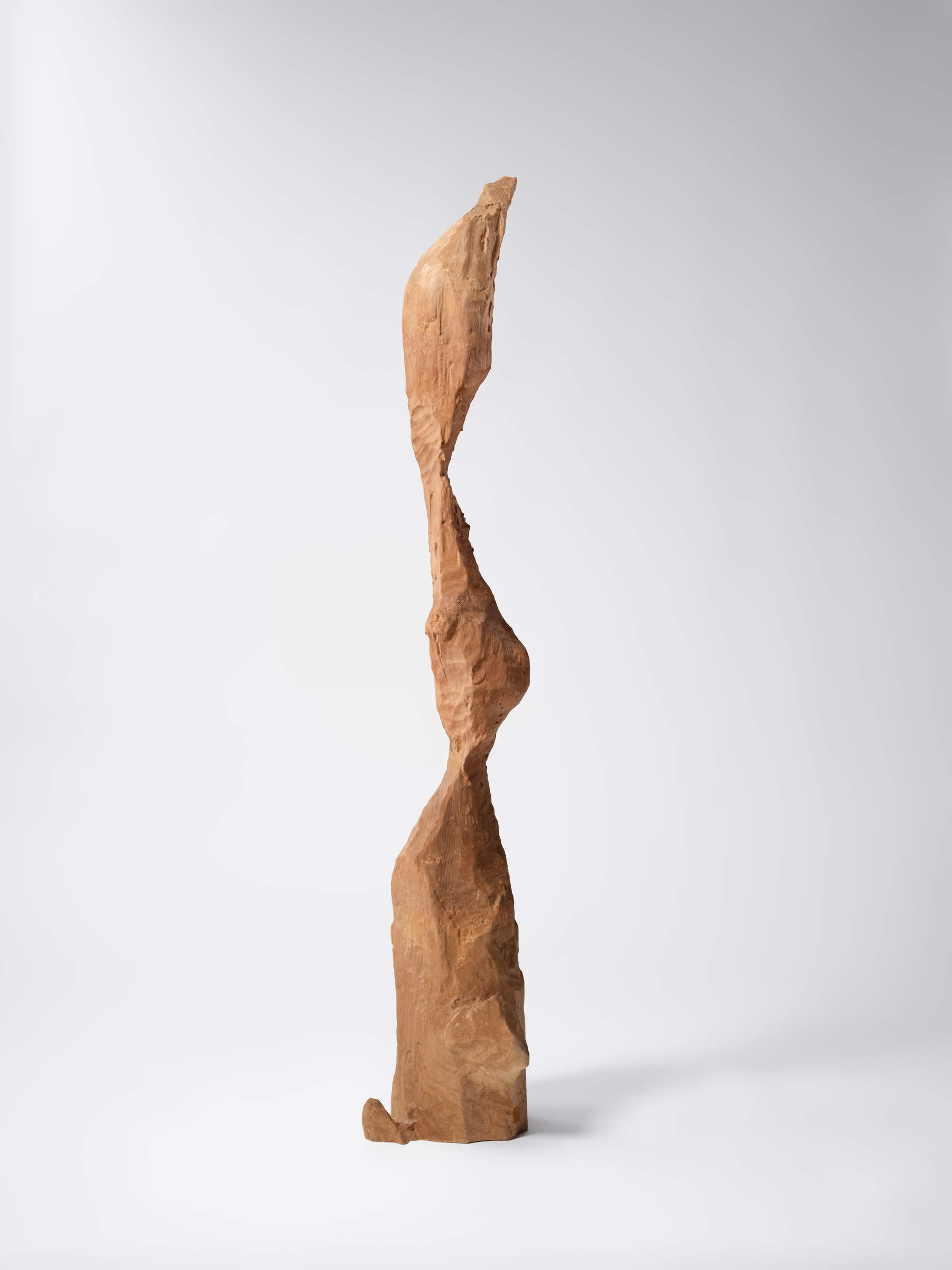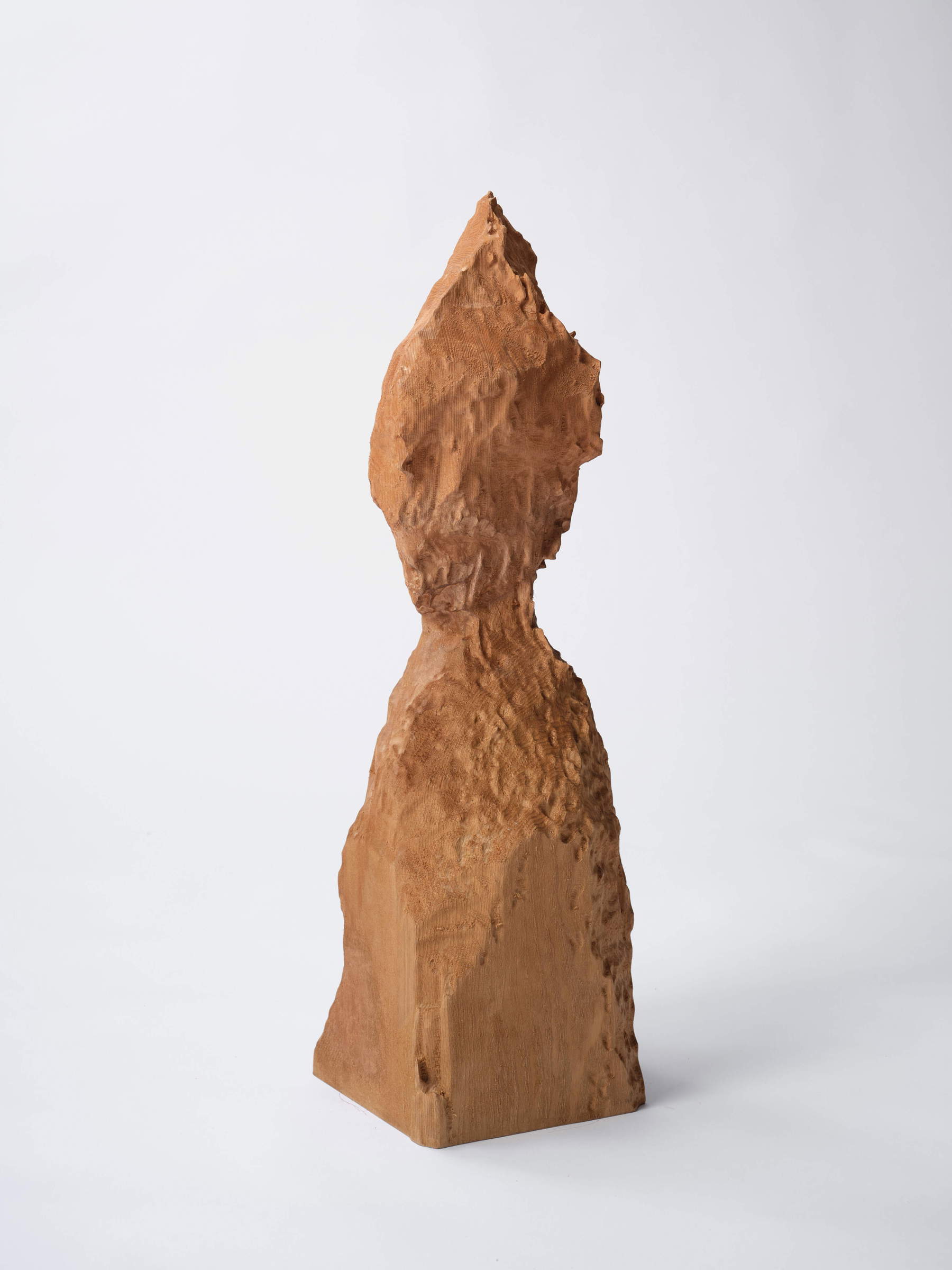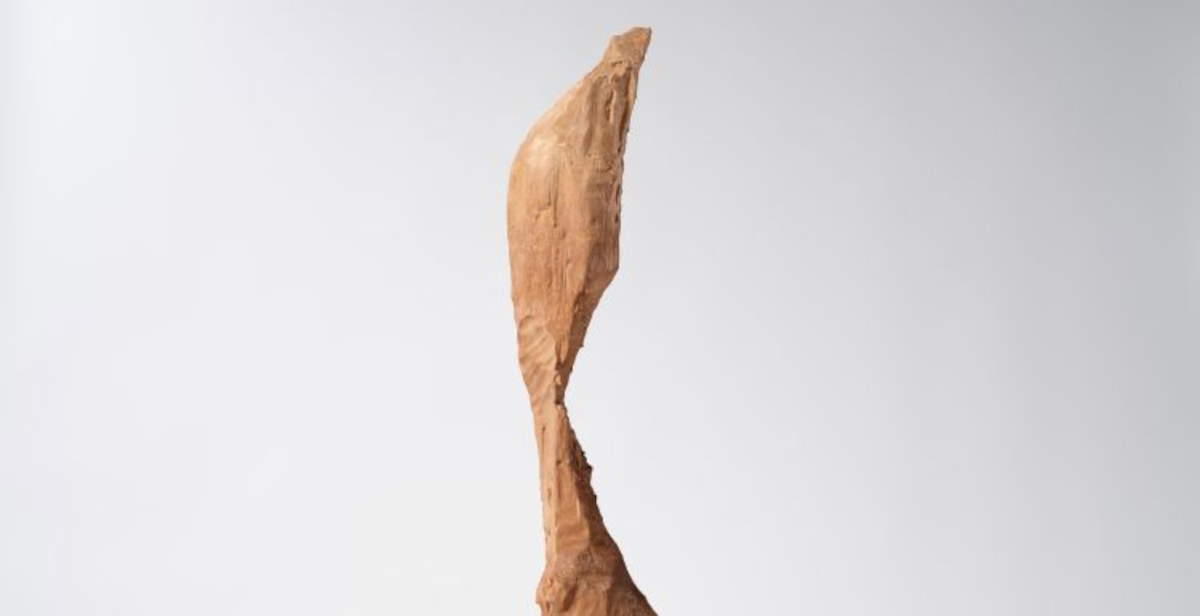The Castello di Rivoli Museo d’Arte Contemporanea in Turin is expanding its permanent collection with two new works by Japanese artist Aki Inomata (Tokyo, 1983), which have become part of the museum’s holdings thanks to a donation from entrepreneur Hiroyuki Maki, founder of the philanthropic anonymous art project. The sculptures, titled How to Carve a Sculpture. Yuzu I (2018) and How to Carve a Sculpture. Genie I (2020), are currently on display as part of the exhibition Mutual Aid. Art in Collaboration with Nature, curated by Francesco Manacorda and Marianna Vecellio, which will remain open to the public until March 23, 2025 in the museum’s Manica Lunga.
The two works, made of wood, are part of Inomata’s research path dedicated to the relations between nature and technology, proposing a reflection on the concept of shared artistic creation between humans, animals and machines. In particular, the works are inspired by the behavior of the Eurasian beaver(Castor fiber Linnaeus), which is known for its ability to build complex wooden architectures from felling and processing tree trunks. Inomata observes and analyzes such behaviors and then transforms them into visual and conceptual cues, raising questions about the role of the artist and the possibility of redefining the creative act in a broader, non-anthropocentric sense.

Specifically, the two sculptures are the result of a collaborative process between human craft skills, digital technologies and nature. To create them, Inomata enlisted the help of sculptor Takeno Yumi, combining manual action with the precision of an automatic numerically controlled (CNC) cutting machine. The final forms are faithful reproductions of trees gnawed by beavers, selected and mapped as objects originated from precise animal interaction with the natural environment. The rodents’ incisive gesture thus becomes a plastic element, reinterpreted through a human and technological filter, but maintaining a direct link to the animal’s original behavior.
Accompanying the two sculptural works are also documentation materials and videos that show the public the stages of the production process. The choice to include audiovisual elements is not incidental: it is part of Inomata’s methodological approach, which aims to make visible every step, from the genesis of the idea to its physical realization, emphasizing the choral nature of artistic work and the importance of scientific observation as an integral part of creative practice.

Aki Inomata was born in Tokyo in 1983 and currently lives in the Japanese capital. Her research focuses on the concept of creation as an act not exclusive to human beings. Through projects directly involving animals and living organisms, the artist stages forms of interspecific cooperation, exploring the ethical, political and aesthetic implications of such interactions. His works sit somewhere between art, biology, ethology and cognitive science, proposing alternative models of coexistence and cultural production.
Over the past few years, Inomata’s work has garnered increasing attention from the international scene. Recent exhibitions include Broken Nature at MoMA New York (2021), Significant Otherness at the Towada Art Center in Aomori (2019), and the solo show Why Not Hand Over a “Shelter” to Hermit Crabs? at the Musée d’arts de Nantes (2018). The artist has also participated in the Milan Triennale (2019) and the Thailand Biennale in Krabi (2018). His works are included in the collections of the Museum of Modern Art in New York, the Art Gallery of South Australia in Adelaide, and the 21st Century Museum of Contemporary Art in Kanazawa, Japan.
 |
| Two sculptures by Aki Inomata enter Rivoli Castle's permanent collection |
Warning: the translation into English of the original Italian article was created using automatic tools. We undertake to review all articles, but we do not guarantee the total absence of inaccuracies in the translation due to the program. You can find the original by clicking on the ITA button. If you find any mistake,please contact us.